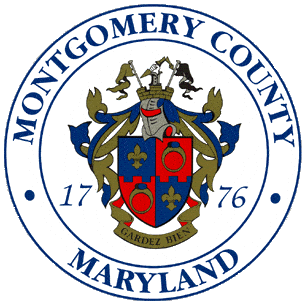A report released today by the Baltimore-based Sage Policy Group paints a bleak economic picture for Montgomery County and calls for a number of policy prescriptions to remedy what the report claims as slow economic growth, lower revenues and rising budget shortfalls.
‘A period of constrained quality of life has already begun in Montgomery County,’ according to the report’s findings, showing Montgomery County is plagued by low private job growth, ballooning county government salaries and an ‘expensive’ public liquor business.
Moreover, the report concludes that several areas of the county – Rock Spring, Wheaton, Silver Spring, Rockville, and Gaithersburg – are facing building moratoriums beginning July 1.
The report notes that Montgomery County is being outperformed by ‘proximate jurisdictions inside and outside of Maryland along the dimension of economic development, leaving the County in a weakened fiscal position and a growing inability to support quality of life through spending on education, transportation, public safety, and health and human services.’
Entitled Restoring Economic Momentum in Montgomery County, MD, the report was commissioned by the business-driven organization Empower Montgomery and prepared by popular economist Anirban Basu, who heads the Sage Policy Group.
“We conclude that Montgomery County, MD is marching toward fiscal peril despite its swollen reserve fund,” the report notes, and calls on Montgomery County’s new leadership to take action.
The report offers several solutions to help stimulate Montgomery County’s economic activity and grow its tax base:
- Build public schools to improve student outcomes – and end develop moratoria;
- Grow the White Oak and White Flint areas by accelerating public-private investment through accelerated infrastructure, substantial tax breaks and permit-expediting zones;
- End the county’s liquor control monopoly;
- Invest additional resources into the Montgomery County Economic Development Corporation;
- Leverage Montgomery County’s political power in Annapolis by advocating for a better business climate.
Other recommendations include:
- Building a marquee STEM high school in the White Oak area to attract employers and families to the eastern portion of the county, as well as balancing the three STEM high schools on the west side;
- Reducing county reserve funds equal to AAA-rated Arlington County (5% reserve versus 10%) to free up $269 million to build schools in communities that have or are facing development moratoria;
- Acknowledging and creating economic development policies to deal with the 5.45% extra income tax burden and the 44%-52% extra cost of running a business in Montgomery vs. Fairfax.
In total, the report concludes, Montgomery County was required to close cumulative budget shortfalls exceeding $3.3 billion during the Fiscal Year 2008-2017 period.
“Slow economic growth is among the reasons that many Montgomery County stakeholders fret about the community’s future,” said Charles Nulsen, founder of Empower Montgomery.
“They also wonder when fiscal strains will become so burdensome that quality of life will be sacrificed. This report stands for the proposition that the period of constrained quality of life has already begun.”
A similar economic report was released last April by Basu’s SAGE Policy Group, prompting significant discussion and concern leading up to the June primary election.
Read the entire report: SAGE Policy Report January 2019



